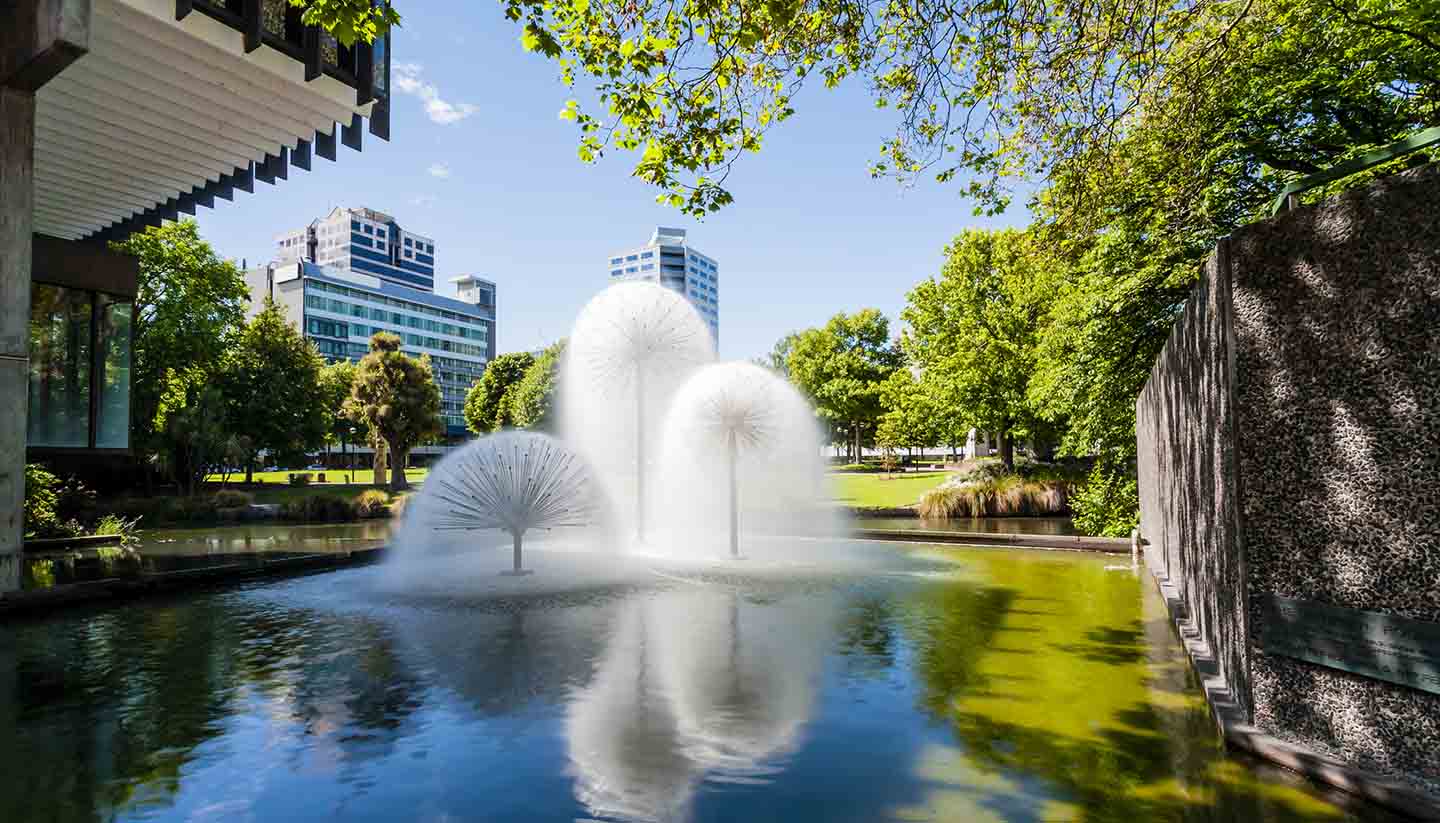Christchurch History
Maori and European settlers made their mark on Christchurch before a series of devastating earthquakes in the 21st century rocked the city to its core.
Moa-hunting tribes were the first people to settle here in around AD1000 according to Maori oral history.
Next to arrive were the Waitaha who are thought to have migrated from the North Island in the 16th century. The Ngati Mamoe and Ngai Tahu tribes followed.
There were European settlers in the area from the 1830s, but the first planned British settlers arrived at Lyttelton Harbour in 1850 in the Canterbury Association’s celebrated ‘first four ships’. They were dismayed at the flat, low-lying marsh.
Now called Victoria Square, ‘Market Square’ became the centre of trade between Maori and the newcomers. Once a Maori settlement, Puari, it was home for around 800 Waitaha people.
The first bridge to span the river here was a cart bridge in 1852. A post and chain fence (some portions are still in use) was built in the 1860s to save ‘innocent children and tipsy men alike’ from drowning. Some 30 people had drowned in what now seems an extremely placid river.
The ‘Coffee Palace’ and a police station with a lock-up were built in Market Square, and it also had a blacksmith’s forge and stockyards where farmers tethered their horses. This was the centre of the rural community of Christchurch.
The country's first public railway line was opened from Ferrymead to Christchurch a few years later in 1863. The rapid expansion of Canterbury from the late 1860s was largely driven by the building of a rail tunnel to Lyttelton.
Much of the ‘Gothic Heart’ of Christchurch was damaged in the 2011 quake and many fled the city. But an extensive rebuild has attracted new migrants and the economy is back on track.
Did you know?
• Christchurch became a city on 31 July 1856, making it New Zealand’s oldest city.
• In 1901, Scott and Shackleton sailed to Antarctica from Lyttelton aboard the Discovery.
• Christchurch held the opening match of the ICC Cricket World Cup in 2015.


